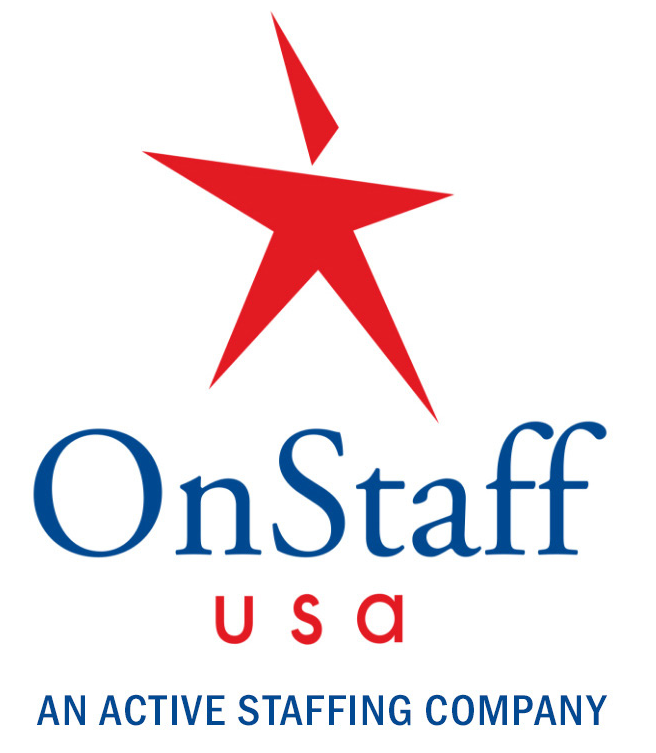Creating Digital Boundaries at Work
By Amy Blankson
Technology has been called the greatest disruptor of happiness in human history. Is this really true? For all of our technological connectivity in the digital era, we have never felt so overwhelmed and fragmented as a society. We find ourselves stressed out by the size of our inboxes, by our social media feeds, by the tangle of wires on our nightstands. We find ourselves constantly connected to our devices–afraid to be without them, but also afraid of what being with them will mean for us. And we worry that artificial intelligence will soon outsmart us and that robots will take over our jobs. Although, to be honest, I am more scared of humans turning into robots than I am of robots taking over for humans.
In an attempt to maximize efficiency, we write emails like we are sending a code to non-sentient beings. “Do this, check that, schedule this, send that.” We aren’t trying to be rude, but rather to streamline thoughts. We think, “If I just send one more message, then I will have more free time later to be the person that I want to be.” But, as my co-founder of GoodThink (and brother) Shawn Achor often says, “This formula for happiness is broken. Happiness leads to greater success, not the other way around.”
So how can we begin to reverse this trend and bring humanity back into the workplace? Here are four simple strategies to help you create digital boundaries and demonstrate leadership in the digital era.
Hold your weekend emails.
In our modern, uber-connected world, work can literally take place 24-7. Sometimes it’s a gift to have the flexibility to catch up on work over the weekend, and other times it’s a curse. A survey by Right Management recently found that 63% of employees get work-related emails from their manager that they are expected to respond to over the weekend. More than 50% said that this happens often. If you are a manager, be conscious of the fact that your employees may feel obligated to respond to your weekend email marathon and may even begin to resent your lack of work boundaries. If your email is not truly urgent, try scheduling your emails to send on Monday morning instead. If you are a Gmail user, a very simple way to do this is with the Chrome Extension called Right Inbox. Not only will your digital boundaries demonstrate your respect for the downtime of others on your team, but it will also make you look incredibly efficient on Monday morning!
Be transparent about phone interruptions.
If you absolutely have to pick up your phone during a meeting, explain what you are doing to those around you. “My mother just texted that she got in a fender bender, and I just want to check to make sure that she is okay. Please excuse me…” This small courtesy has two important effects. First, it signals to those around you that you value their time enough to only pick up in an urgent situation. And second, it holds you accountable to put your phone back down after you’ve finished that task.
Use an authentic away message.
Instead of using a default “out of office” autoresponder, take the time to share why you are stepping away from your email. For example, you could write, “I’m taking a vacation with my kids, so I’ll be off of email this week to focus on spending time with them.” Or you could add in a bit of humor like, “I’m at a training this week where I’m learning how to become a Photoshop genius. I won’t be checking email this week, but the good news is that when I get back, I can Photoshop pics of us hanging out together in Maui. In the meantime…” Then explain when you’ll be back and how people can get in touch if there’s an emergency. In our world of robotics and impersonal responses, colleagues will appreciate the human touch and opportunity to connect with what you are doing.
Block off thinking time.
Sometimes we get so bogged down answering calls, checking messages, and going to meetings that we never get to the most important things on our agenda. The tyranny of the urgent rules, and by the time you come up for air, your brain is too tired to be creative. One of the best strategies I have come across for increasing productivity (and creativity!) is to block off chunks of time on your schedule to focus. A crucial part of this strategy is to use the autoresponder again to explain what you are doing and when people can reach you. “I’m putting the finishing touches on my report this afternoon, but I’ll get back to you at 4 p.m.” Many clients I have worked with fear that colleagues will resent this approach; however, the opposite seems to be true. Colleagues worry when they don’t know where you are or what you are doing, so proactively sharing this information protects your time. As an added bonus, many clients express that when a colleague uses this strategy, it frees them up to do the same and helps them to boost their productivity as well!
Bringing humanity back to work in the digital era starts with intentionality. With the increased blending of work and life in the modern world, we need to rethink how digital boundaries impact not just our productivity, but also our perception as leaders and co-workers. By making small changes in the way that we go about work on a day-to-day basis, we can begin to create macro-change in our organizations and broader communities.
Amy Blankson is the co-founder of GoodThink and best-selling author of “The Future of Happiness: 5 Modern Strategies for Balancing Productivity and Well-being in the Digital Era.”

